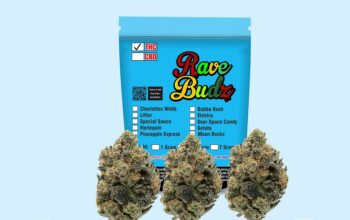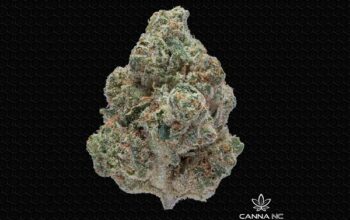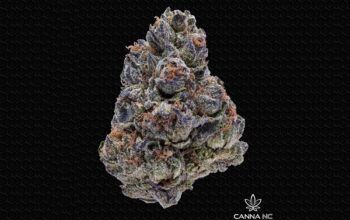Accomplished oenophiles can identify a wine’s grape and region from a solitary preference– and certainly in some cases just a smell– yet you needn’t have such a competent palette to establish your unique preferences. A basic understanding of wine’s five basic attributes will set you in good stead for a lifetime of tasting pleasure.
1) Sweetness
This explains the level of recurring sugar left in the wine after its creation. A pleasant wine will certainly have a higher level of residual sugar, while a dry wine will have had all of its sugars transformed to alcohol throughout fermentation.
Usually, our extremely initial understanding of wine will be its sweetness, and while everyone’s level of sensitivity to it varies, you’ll experience it first on the extreme hint of your tongue. A slight tingling sensation is a good indicator of sweetness. Sweet wines tend to have a higher thickness, which indicates they’ll cling to the glass for longer.
2) Acidity
Usually perplexed with a high concentration of alcohol, a wine’s level of acidity is what provides its sharpness– a high level of acidity glass of wines are usually tart and tangy, and may feel lighter-bodied as they come across as a ‘spritz’. A ‘healthy’ wine is so called as it has acidity, a sweet taste, and tannin in perfect harmony.
How can you determine the level of acidity? You’ll feel a tingling sensation on the sides of your tongue, which might feel harsh if you rub it along the roof of your mouth. Your mouth will additionally feel more wet, and you may find yourself ‘gleeking’– the term provided for accidentally splashing saliva while yawning!
3) Tannin
A wine high in tannin is erroneously labeled as a dry wine because tannin has a drying effect on the mouth. Frequently called astringent, tannin is the presence of phenolic compounds that include resentment to a wine— despite these features, though, tannin includes equilibrium and structure, and helps wine last longer. A lot of studies suggest that tannin in red wine benefits your health, also.
4) Alcohol
Alcohol levels will have the biggest impact on a wine’s personality, body, and category. While the average wine contains around 11% -13% alcohol by volume, it’s not unusual for wines to have as little as 5.5% or as much as 20%.
Everyone prefers alcohol differently. Bitter, wonderful, spicy, oily, and occasionally at one time– a lot of our assumptions of alcohol are affected by genetics.
5) Body
The body is the result of many aspects, from selection and vintage to alcohol level and region, so it’s something of a generalized term. To simplify issues, it can help to think of a wine’s body like milk, with skimmed milk standing for a light wine, and lotion standing for a robust wine. As a rule of thumb, if a wine’s taste lingers in your mouth for greater than 30 secs, it’s likely a full-bodied wine.
I hope you find the article useful. Explore our many other articles about wine history courses at This Day In Wine History.




